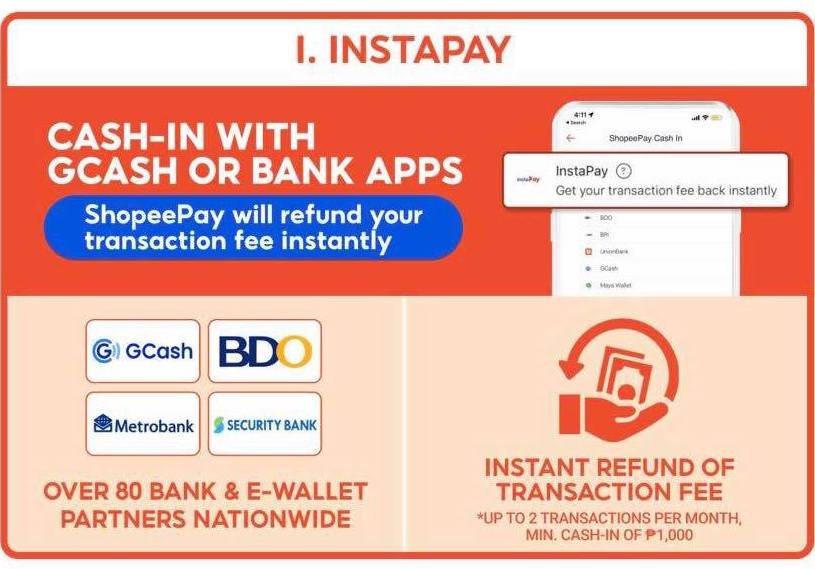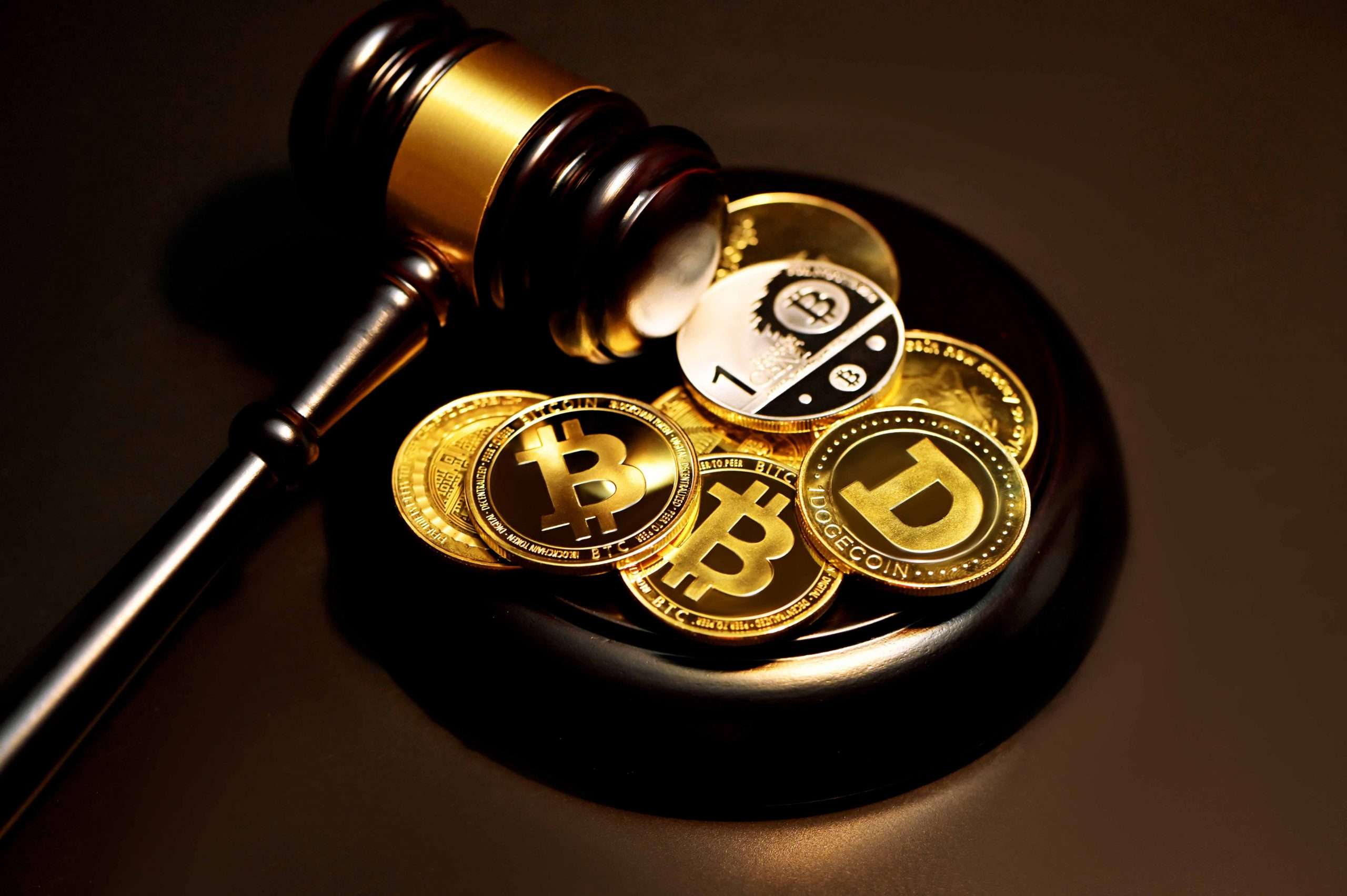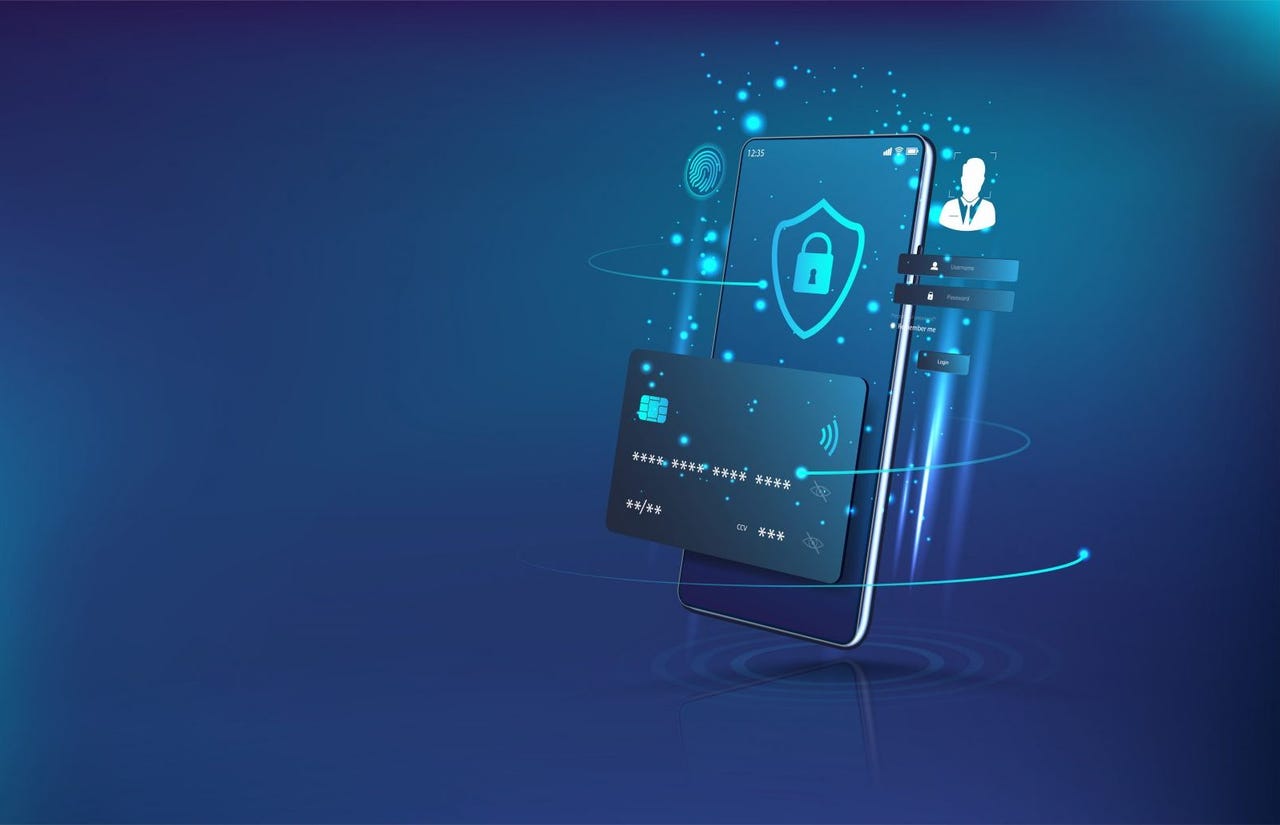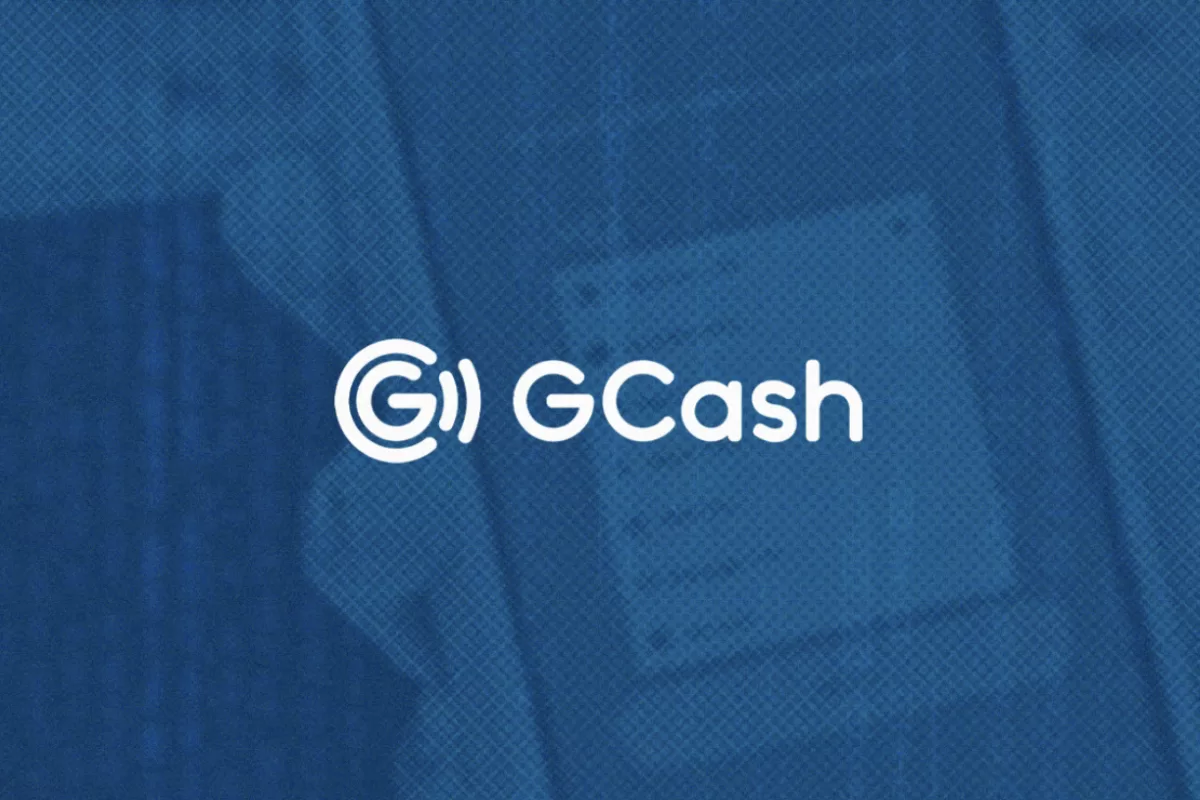by Edielyn Mangol, Reporter
The Philippine digital payments ecosystem has grown at a rapid pace, with e-wallets like GCash leading the transformation of how Filipinos handle money.
Over the past decade, mobile wallets have evolved from being niche applications to becoming everyday essentials, especially after the pandemic accelerated the demand for contactless payments. GCash, which now counts more than 94 million registered users, has taken another step to strengthen its position: waiving cash-in fees for users.

At first glance, this seems like a win-win for both consumers and the financial inclusion agenda championed by the Bangko Sentral ng Pilipinas (BSP). After all, transaction costs, no matter how small, can be a significant barrier for low-income households or micro-entrepreneurs.
By removing the direct fee for cashing in, GCash lowers the entry point for millions who rely on its services for remittances, bills payments, savings, and day-to-day purchases.
But the story doesn’t end there. While GCash has committed to shouldering these fees, partner banks in the InstaPay network may still impose their own charges. The interplay between waived front-end fees and potential backend costs creates a more complex reality for consumers, one that underscores the challenges of balancing convenience, profitability, and financial inclusion in the digital payments space.
Why GCash waived cash-in fees
GCash’s decision to waive fees for cash-in transactions is not just a marketing gimmick; it’s part of a long-term strategy to deepen customer engagement. Many Filipinos remain hesitant about going fully digital with their finances. A key reason is cost: even minimal fees, such as PHP 15 for a transfer, can discourage people from using e-wallets for small, everyday transactions.
By absorbing the fees, GCash removes this psychological and financial barrier. Users can now freely load funds into their accounts without worrying about deductions eating into their balances. This is especially critical for individuals living paycheck-to-paycheck or for those using GCash for micro-purchases such as prepaid load, utility bills, or sari-sari store supplies.

The move also aligns with the BSP’s Digital Payments Transformation Roadmap, which aims to convert 50% of all retail transactions into digital form and onboard 70% of Filipino adults into the formal financial system. Removing transaction costs encourages adoption, especially among those who are new to formal banking. It creates an environment where cashless payments are not just convenient but also accessible to all.
From a business standpoint, GCash is likely banking on scale. By shouldering cash-in fees, the platform may lose revenue in the short term, but it gains in transaction volume. High usage translates to opportunities to cross-sell services like GCredit, GLoan, GInvest, or insurance products. This strategy mirrors global fintech leaders, who prioritize ecosystem stickiness over transactional margins.
Still, absorbing these fees is not free for GCash. Behind the scenes, banks and payment networks charge for clearing, settlement, and infrastructure. This means that unless GCash negotiates favorable terms, the company bears the costs — which could be significant given the sheer number of daily transactions.
The role of InstaPay and partner bank fees
This is where partner banks come in. While GCash has waived its portion of the fees, banks participating in the InstaPay network can still impose charges when they facilitate fund transfers. The justification is straightforward: maintaining payment rails, ensuring compliance with Know-Your-Customer (KYC) and Anti-Money Laundering (AML) rules, and managing operational risks all come at a cost.

As a result, some banks may charge anywhere from P10 to P25 per transaction when funds are moved via InstaPay. These fees can appear as “transfer charges” on a user’s bank app or as a separate line item when completing a cash-in transaction to GCash.
The discrepancy creates confusion for many users. For instance, a customer might see a GCash announcement claiming that cash-in fees are waived, only to be surprised by a deduction from their bank. This mismatch in messaging risks eroding consumer trust, especially among less tech-savvy users who may not fully understand the layers of the payment infrastructure.
In some cases, banks choose to absorb the cost themselves as part of a customer retention strategy. Institutions that offer free InstaPay transfers can position themselves as consumer-friendly, potentially winning loyalty in an increasingly competitive financial landscape. Others, however, argue that without these fees, the sustainability of free transfers becomes questionable, particularly for smaller banks with thinner margins.
The consumer perspective
For everyday Filipinos, the nuances of who absorbs what fee often take a backseat to a simple concern: how much money arrives in their e-wallet. The distinction between a waived cash-in fee by GCash and an imposed transfer charge by a bank may be clear to regulators and fintech insiders, but for users, it creates a frustrating experience.

Imagine a sari-sari store owner who wants to load P500 into their GCash wallet to pay for inventory. They expect the full amount to reflect, but after using InstaPay from their bank, they find that P485 arrives instead. That P15 deduction, while small in absolute terms, can be significant when margins are tight. Multiply this across millions of micro-entrepreneurs, students, and households, and the cumulative effect is substantial.
This discrepancy highlights the importance of transparency. Users need to be informed upfront about potential bank charges when cashing in via InstaPay. Clear communication can help them make better decisions, such as choosing alternative channels — over-the-counter partners, other banks with lower fees, or even direct employer disbursements into GCash accounts.
There is also an equity dimension to consider. Wealthier consumers may shrug off PHP 15 fees, but for lower-income users, these costs reinforce barriers to digital adoption. In effect, the very groups that GCash aims to empower with waived fees are those most likely to be burdened by bank-imposed charges.
Regulatory oversight and transparency
The Bangko Sentral ng Pilipinas has long emphasized consumer protection and financial inclusion as central pillars of its digital finance roadmap. In this context, layered fee structures could draw greater regulatory scrutiny. The BSP has previously mandated financial institutions to disclose fees clearly and to ensure that users are not misled about costs.
One potential regulatory response could be to require unified disclosures. Instead of GCash marketing “zero fees” and banks separately charging, platforms might be mandated to display the total cost of a transaction before confirmation. This way, consumers see the net effect on their wallets rather than being caught off guard.

There is also the question of interoperability. As the BSP continues to promote QR Ph and other unified payment systems, ensuring fairness in cost distribution becomes more urgent. If banks disproportionately charge for certain transactions, it could discourage adoption and slow down the momentum toward a cash-lite economy.
In the long term, regulators may also explore frameworks for cost-sharing among fintechs, banks, and networks. After all, a healthy digital payments ecosystem benefits all players by expanding the market, reducing reliance on cash, and improving efficiency across the economy.
The broader implications for digital payments
The issue of waived cash-in fees and potential bank charges is not an isolated one; it reflects broader tensions in the global fintech industry. Payment services are notoriously difficult to monetize directly. Consumers have come to expect “free” transfers, yet the underlying infrastructure requires significant investment.

Globally, platforms like PayPal, Venmo, and Alipay have similarly struggled to balance cost recovery with consumer expectations. The common strategy is to subsidize basic transactions and instead earn revenue from value-added services — lending, investments, merchant payments, and even advertising. GCash appears to be following this playbook in the Philippines.
For banks, however, the challenge is different. Unlike fintechs, banks are burdened with stricter regulatory requirements, legacy systems, and higher compliance costs. Passing some of these costs to consumers through fees becomes a way to maintain profitability. But as competition from digital-first players grows, banks risk losing relevance if they are perceived as less consumer-friendly.
This dynamic underscores the importance of collaboration. Rather than treating each other as competitors, banks and fintechs could work together to create sustainable models for cost-sharing. Joint investments in infrastructure, standardized fees, and transparent communication could all help in creating a more seamless experience for consumers.
Toward a transparent digital future
GCash’s move to waive cash-in fees is a commendable step that supports financial inclusion and digital adoption in the Philippines.
But its impact will be limited if partner banks continue to impose hidden or poorly communicated charges through InstaPay. For the promise of digital payments to be fully realized, transparency must be at the center of the user experience.
Consumers deserve clarity: when they move PHP 500 from their bank to GCash, they should know exactly how much will arrive. Anything less undermines trust and risks slowing down the progress that the Philippine fintech ecosystem has worked hard to achieve.

The next phase of growth in digital payments will hinge not just on innovation or scale, but on trust. Whether through regulation, industry collaboration, or consumer advocacy, ensuring that fees are transparent and fair will be critical to sustaining momentum.
For now, GCash has set the tone by eliminating one barrier. The question is whether banks and payment networks will follow suit, or whether hidden charges will continue to cast a shadow over the country’s digital finance revolution.








